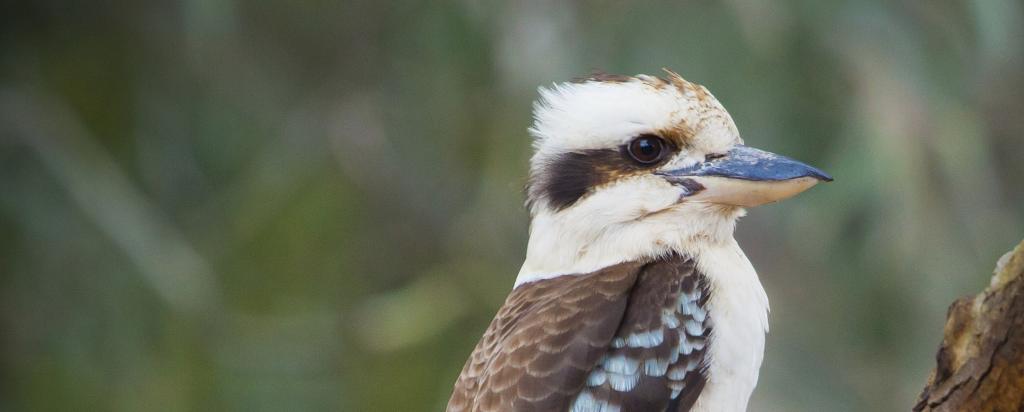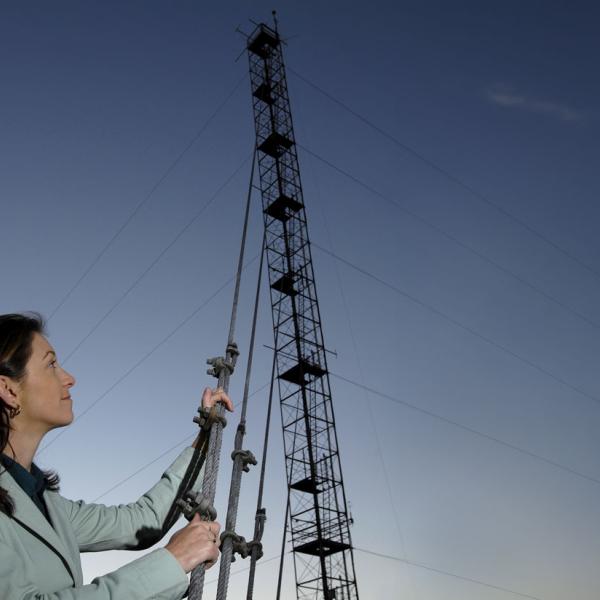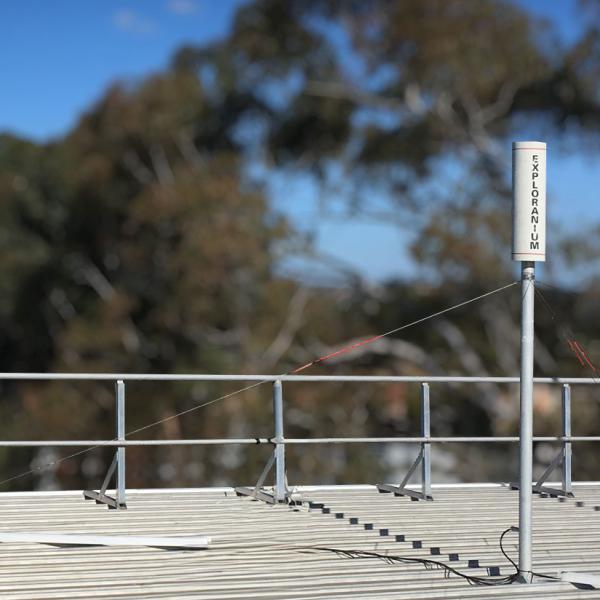
Local Environmental Monitoring
ANSTO has an extensive program for monitoring the environment and tracking any changes or trends relating to its operations at the Lucas Heights site.
A team of environmental scientists collect and analyse many types of environmental samples from ANSTO's Lucas Heights campus and the local area. Many of the monitoring results are independently verified. The results show that ANSTO's activities make only a very small addition (less than 0.2 per cent) to the natural background radiation dose which all Australians receive each year from the environment. The monitoring results are also used to ensure that ANSTO meets standards required by federal and state government agencies.
Regulatory requirements
The Australian Radiation Protection and Nuclear Safety Agency (ARPANSA) regulates ANSTO’s activities to ensure they do not impact adversely on the environment or wildlife and that dose to the public from airborne emissions is controlled. ARPANSA runs an independent program to verify ANSTO’s results.
Wastewater that is treated, tested and discharged to the sewer is controlled and monitored through an agreement with Sydney Water Corporation.
ANSTO also maintains three networked weather stations, which provide accurate local climate information to support research, airborne dose assessments, and plume dispersion modelling as part of its emergency preparedness and response arrangements for the Lucas Heights site.
Environmental protection principles are observed in relation to the management and administration of all ANSTO sites.
Collecting and analysing samples - LHSTC
Water and sediment samples are collected regularly from stormwater drains and local creeks.
Groundwater is collected from a network of shallow and deep wells around ANSTO. Groundwaters are also analysed for water quality components such as plant nutrients, metals, pH, conductivity, and suspended solids.
Fish, seaweed and barnacles are collected from the Potter Point ocean outfall and a reference site in the Royal National Park.
Air is monitored continuously at six locations around ANSTO. Air ventilated from laboratories and facilities which handle radioactive materials are filtered to remove particles and continuously monitored and analysed for radioisotope content. This emission data, together with ANSTO's weather station data, is used to model the dose to local populations.
Sensitive analysis techniques are used to determine the type and quantity of radioactivity present in environmental samples. Naturally-occurring radioactive minerals found in rocks, soil and dust are present in almost all samples. The analytical laboratories are certified to the ISO9001 standard for Quality Management Systems.
Environmental gamma radiation is continuously measured by dosimeters around the Lucas Heights site and in the local area. Environmental radiation levels are also monitored at a station in Engadine; the data is published online every 15 minutes.
ANSTO also has a key role in a major research project that monitors fine particle pollution along the NSW coast, and other locations internationally.

